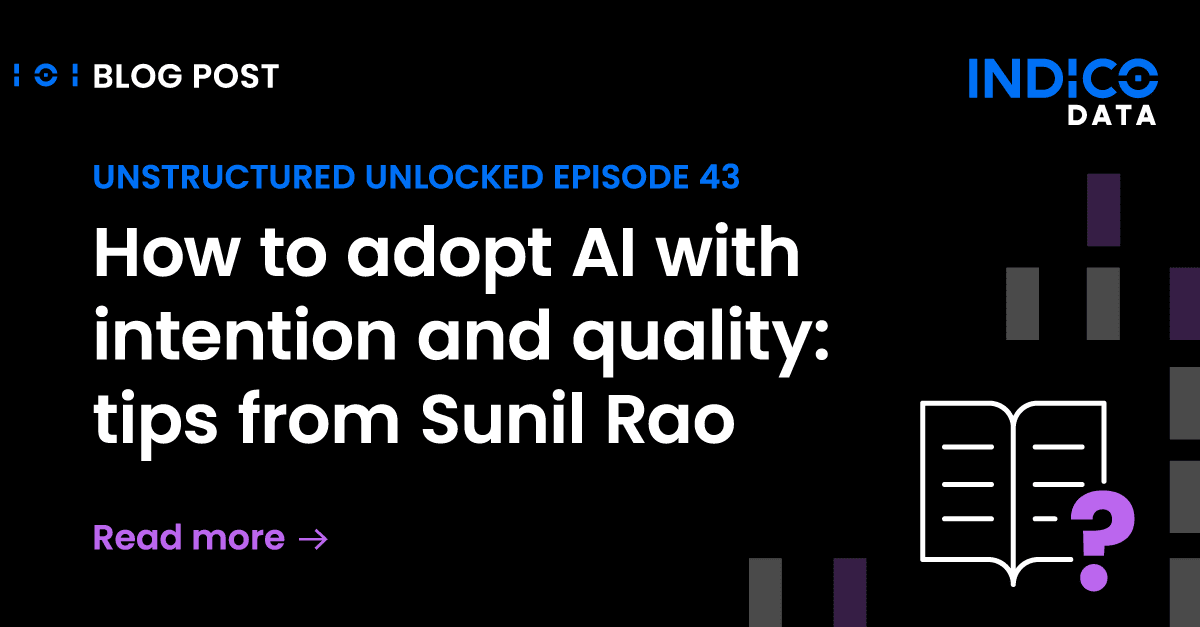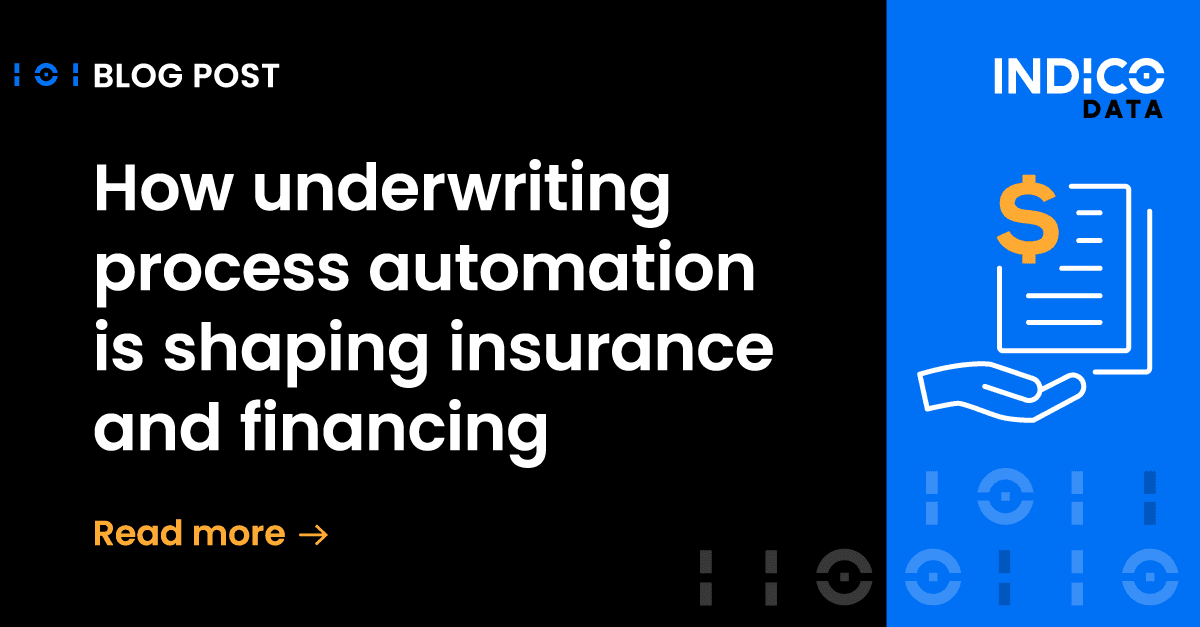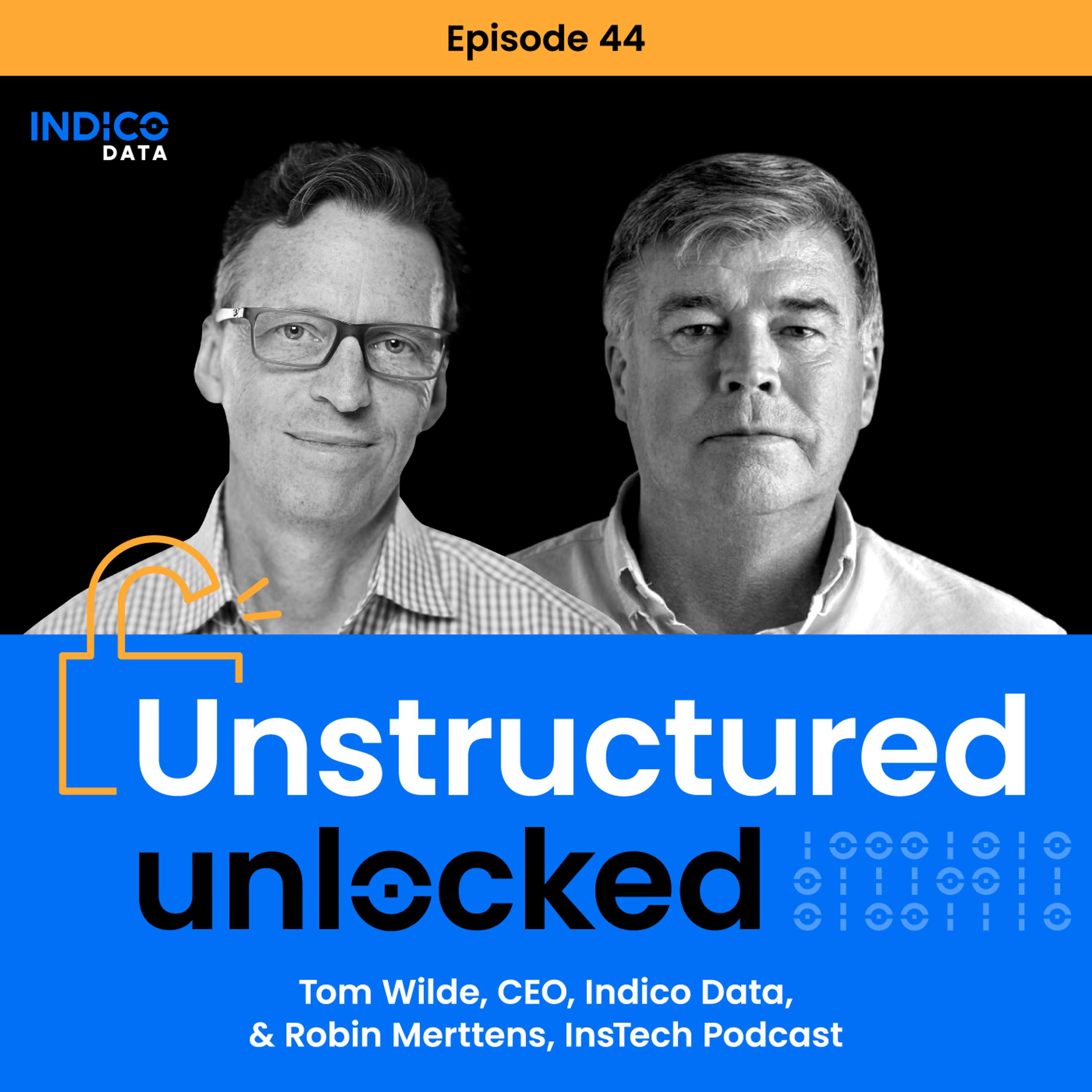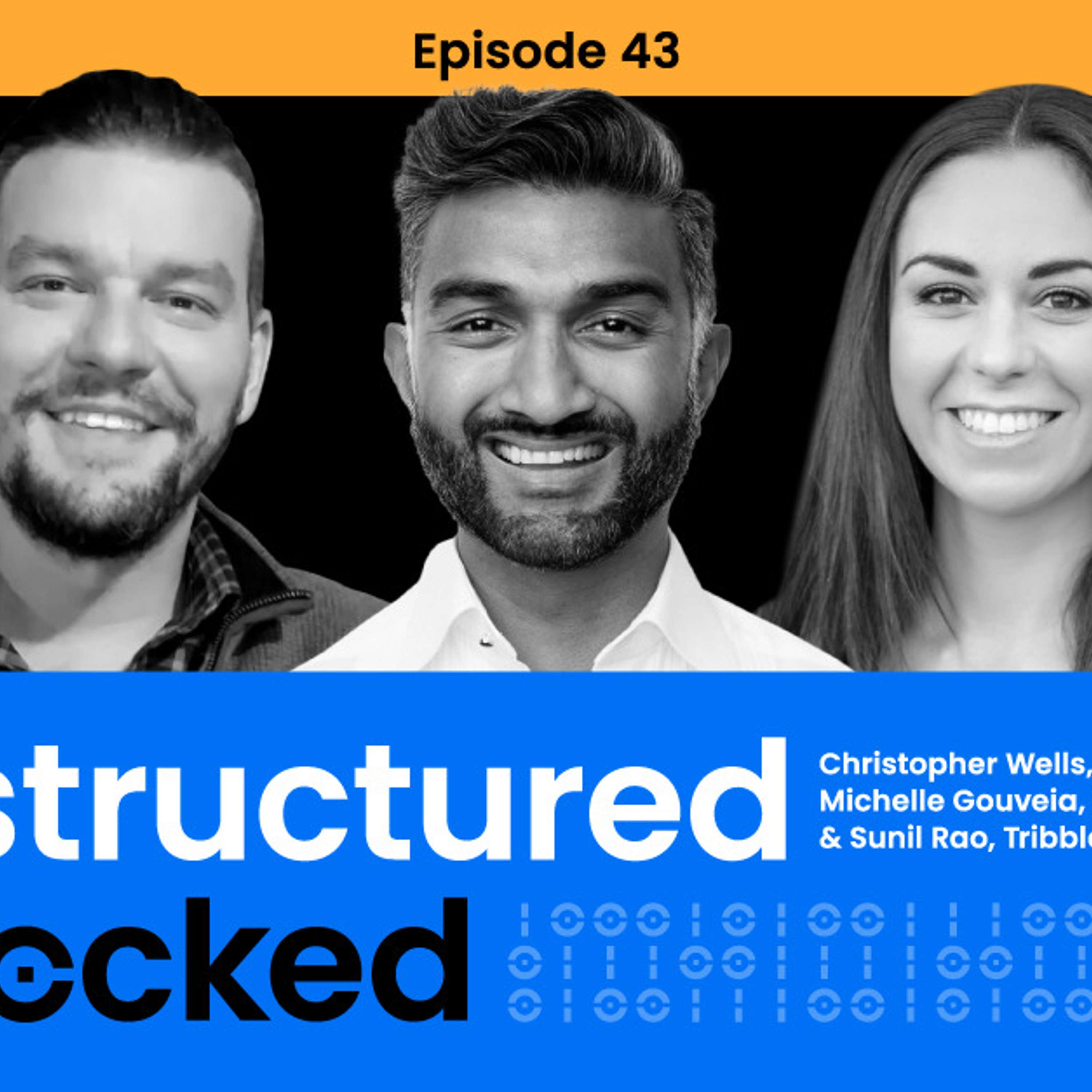As companies get beyond their first one or two process automation projects, it becomes increasingly important to have a sound methodology and framework in place for how to address additional projects – a function that often comes under the charge of the company’s automation Center of Excellence, or COE.
This is another topic that came up during a webinar I participated in a while ago along with a process automation expert from Cognizant (Vishesh Bhatia, who wrote a guest post for us that delves into detail on how to set up a COE), and automation veteran Nidal Nasr, who worked at AIG for more than 20 years.
Consider a Fortune 500 company that has multiple small teams working on process automation projects. Without a sound methodology and framework in place, the company could well end up with a number of individually great solutions that don’t talk to each other. Then the company is stuck with the task of integrating them.
Define standards and guidelines
A COE can help ensure that doesn’t happen by defining enterprise standards and guidelines that cover everything from idea generation to development and deployment. Such standards help ensure you can build scalable solutions.
For example, say you want to build an intelligent document processing solution for a particular line of business that uses some of your common enterprise applications. You want that solution to be scalable such that later on, when you’re engaging with other LOBs, you can re-use some of the same automation code and objects. In other words, don’t design so you have to start from scratch with each new project.
Recoverability is another issue. If a given component in your automation process happens to be slow one day, and doesn’t return results as quickly as normal, can your model account for that? Perhaps it comes back and tries later once or twice. The idea is to account for such periodic idiosyncrasies so you don’t have to chalk them all up as exceptions.
Similarly, it’s a good idea to build resiliency into your models. This involves querying process subject matter experts about how the process is intended to work, as well as what can go wrong. Then try to build contingencies into the process design to account for those known error situations.
Related Article: How to Build an Intelligent Process Automation Center of Excellence
Quality training data
Another function of the COE is to ensure LOBs understand the importance of having quality data on which to train models. This is especially important for intelligent automation tools that work with unstructured data, because it takes a lot of such data to train a model such that it will deliver adequate results. And the data has to be of good quality; if you train a model on data that doesn’t accurately reflect documents your process actual works with, it won’t likely be able to extract data accurately.
Indico makes this quite a bit easier because of the huge number of data points already built into our base model, some 500 million of them. Combined with artificial intelligence technology including machine learning, natural language processing and transfer learning, that database enables our tool to more easily understand documents, even those containing unstructured content.
Still, training the model is important. But if you label a few dozen documents, with Indico you should have highly accurate results. (Be wary of vendors who claim their models require no training, a subject of this previous post.)
Be prepared for changes
Finally, another important aspect of a good automation framework is that it can deal with changes. A year ago, for example, no insurance company was likely using the term “COVID-19.” But now, in applications such as health insurance claims process automation, it’s obviously required. The point is models should be flexible enough to allow for change, upkeep and maintenance.
Here again, the Indico Intelligent Process Automation platform would have no problem adapting to that change. In many cases, once it’s been trained to recognize a term, say a social security number, it can identify it even on a document it’s never seen before. That means once you train an Indico model to identify “COVID-19” on a handful of documents, chances are it will successfully recognize it on others; no need to train on every potential document on which the term may appear.
To learn more about the function of a COE and its importance to intelligent document processing, check out the webinar as well as another post about the role of the COE in handling so-called day 2 issues, when companies start to move beyond robotic process automation. And if you have any questions, or want to arrange a quick demo, feel free to get in touch.





